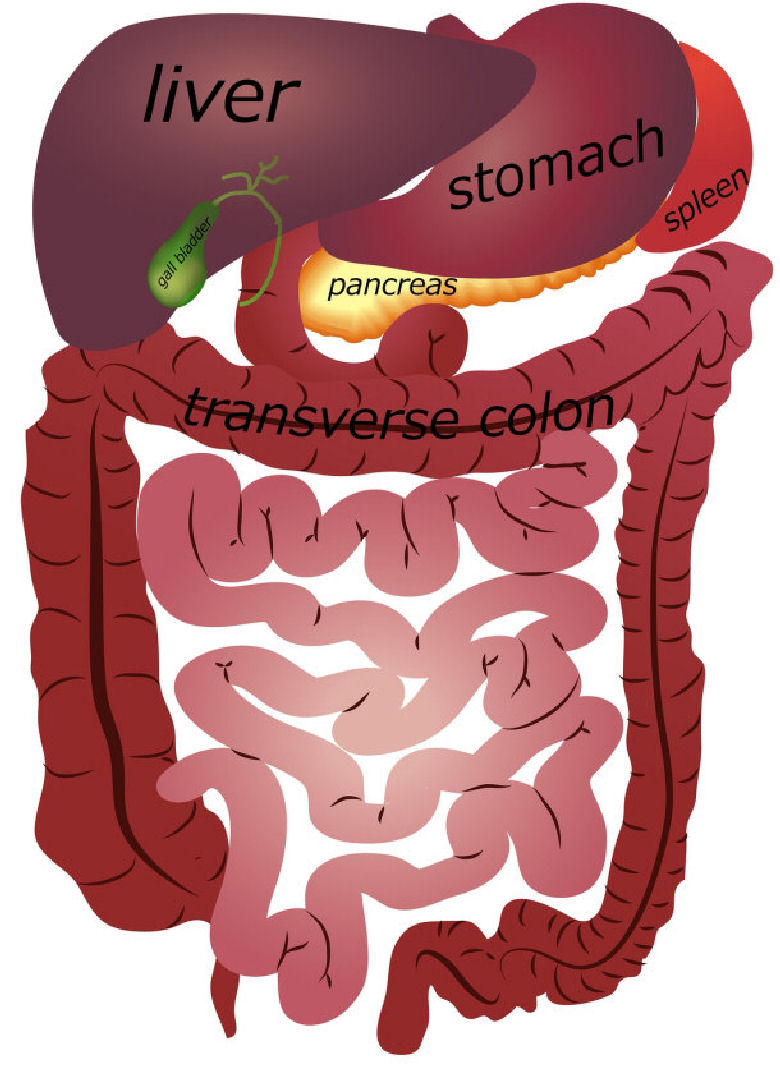203.HOW LONG ARE OUR INTESTINES?
Most of us have a vague idea that somewhere inside of us there are coils and coils of intestines, amazing passageways through which food passes in the process of digestion. But few people have a clear understanding of just how they work.
The length of the large intestine in animals depends on the kind of food they eat. Meat-eating animals have shorter intestines because there is less digestive work to do. The food they live on has already done part of the job of digestion. People who live on vegetables are supposed to have longer intestines than meat-eating people.
The human intestines are 3 meters long. But when a person dies, the intestines lose their elasticity and stretch to about 8.5 meters.
Most of the wall of the intestines consists of muscle fibres, so that the intestines can work on the food that goes through them. The intestines mix the food with certain secretions and then pass it along. In order to do this, the small intestine consists of countless loops. Each loop holds a bit of food and works on it, churning it and digesting it for about 30 minutes. Then it passes the food on to the next loop.
To help in this process of digestion, the wall of the small intestine contains about 20,000,000 small glands. These glands send about 5 to 10 Intros of digestive juice into the intestine! This soaks and softens the food so that by the time it goes to the large intestine it’s in a semi liquid state.
If you were to look at the wall of the intestine with a magnifying lens, you would see that it isn’t smooth, but resembles velvet. It is covered with millions of tiny tentacle-like villi. The villi tell the glands when to pour out the digestive juice, and also help in the process of digestion themselves.
Food that cannot be digested by juices is digested in the large intestine by bacteria that live there. This is known as putrefaction. Billions of bacteria break down the coarser parts of the food we eat, such as the skins of fruit, and extract valuable materials the body needs.
This is only a rough idea of the way our intestines work. They are among the most amazing organs in our bodies, beautifully organized to do hundreds of things to the food we take in to keep alive.



Leave a Reply